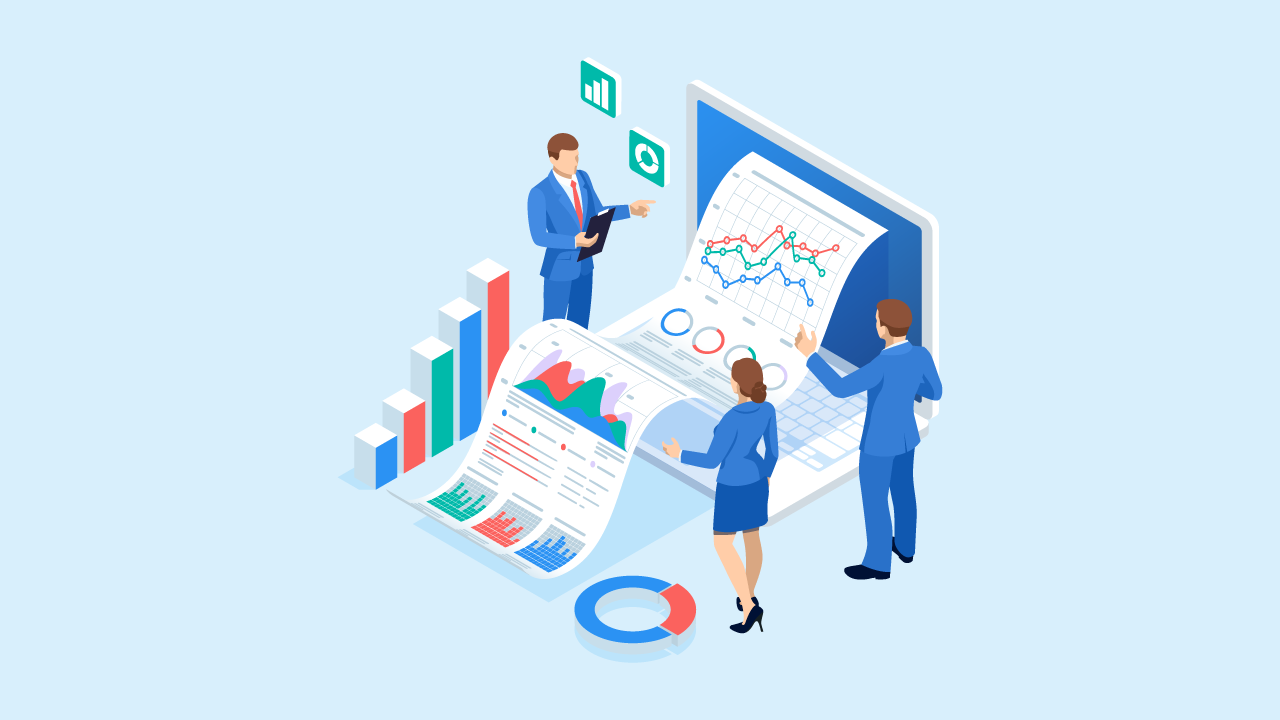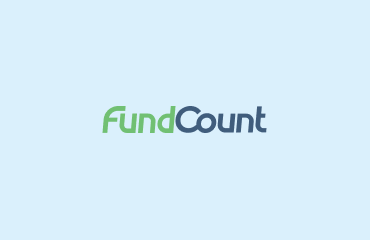Achieving Fast, Accurate NAV Reporting Using Innovative Fund Management Solutions
In the fast-moving world of asset management, accuracy is critical. But speed is, too. The ability to make informed decisions quickly can be the difference between capitalizing on an opportunity and missing it altogether. Traditional accounting systems, with their quarterly reporting cycles, are increasingly seen as a bottleneck in this high-stakes environment. That’s where continuous accounting, a revolutionary approach to traditional recordkeeping, is changing the game for up-to-date and accurate Net Asset Value (NAV) reporting, benefiting fund managers and investors alike.

Remaining Competitive in a Fast-Changing World
Uncertain markets and increasing costs have prompted a renewed search for competitive advantage. According to a recent study by EY, 63% of CEOs planned to make a significant investment in technology this year. In the financial world, there’s no secret why, as firms search for ways to improve in a world where change and disruption has become the norm. In a separate report specifically addressing asset managers, EY points out that transforming operating models can help financial firms stay ahead of peers.
That obviously means implementing better technology…but what does this look like in practice?
Fewer Spreadsheets and Closing Days
Switching to a continuous accounting platform was a game-changer for one New York City-based hedge fund. Previously reliant on manual processes and spreadsheets to shadow their fund administrator and maintain up to date NAV, the firm found that a fund management platform based on continuous accounting streamlined operations and significantly improved data accuracy. The software’s direct feeds with the firm’s custodians and portfolio management system minimized human error. This enhanced efficiency and greater control freed staff from hours of data entry and spreadsheet work, but more importantly helped them make faster decisions based updated information.
For other firms making the switch, improved visibility for decision making is an often-cited benefit, along with a significant decrease in time associated with month or quarter-end accounting closings.
The Constraints of Traditional Accounting on NAV Reporting
Traditional accounting operates on a closed-book system. Financial reports are generated at the end of each quarter, providing a snapshot of the fund’s performance. While this approach has been the industry norm for decades, speed is its limiting factor. Management decisions are often based on data that’s already outdated.
Because traditional accounting systems are backward-looking, new developments cannot be factored in with any reasonable level of accuracy. Even without significant changes, nothing is really known for a fact until the books are closed and the reports are run. As we know, this has the potential to create blind spots.
Regain Control with Continuous Accounting
Continuous accounting is an innovative methodology that offers real-time insights into performance. It allows asset managers to calculate NAV at any point in the business cycle, not just when the books are closed at the end of the month or quarter. This real-time data access eliminates guesswork, enabling more accurate and timely decision-making.
Increase Your Organization’s Efficiency While Reducing Frustrations
The benefits of continuous accounting go beyond just real-time data access. It also significantly speeds up the entire reporting process. In a traditional setup, the end of the quarter is often stressful, with teams working around the clock to close the books and generate reports. Continuous accounting alleviates this pressure by distributing tasks more evenly throughout the period, leading to faster and more efficient closing.
With so many benefits, it’s not a surprise that more asset managers, family offices and fund administrators are making the switch to newer technology and software. But your choice of platform is critical since not all fund management software is alike.
Finding the Right Continuous Accounting Fund Management Software
The market is awash with software solutions promising to revolutionize your accounting processes. However, not all are created equal. Here are some key features to look for in a fund management software solution that supports continuous accounting:
- Unified General Ledger: An efficient continuous accounting program should offer a unified General Ledger capability. This feature cuts through the complexity often associated with financial management, eliminating the need for multiple systems and the errors that come with manual data reconciliation. This unified approach streamlines the accounting process, making it easier for organizations to generate accurate financial reports and make informed decisions.
- Real-Time Data Access: The software should allow you to view and analyze data in real-time, enabling you to quickly calculate NAV at any given moment.
- Automated Workflows: Look for solutions that allow you to automate routine tasks, freeing up your team’s time to focus on more strategic activities.
- Scalability: You need software that can grow with your organization. Be sure to choose a solution that can be easily scaled to adapt to increasing data volumes and complexity.
- Integration Capabilities: The software you choose should allow you to easily integrate into other critical applications, so you’re always moving toward less labor and more efficiency.
- User-Friendly Interface: A solution that’s difficult for your team to use will only slow your organization down. Opt for software with an intuitive interface that your team can quickly learn and be motivated to use to its fullest extent.
- Flexible Viewing and Custom Reporting: With up-to-date information, you want to be sure you can extract it easily. So be sure the platform offers flexible ways to view investments and other areas where you want frequent reporting. If you need it, look for a system with features for partnership accounting, making it easier to manage and report on joint ventures or investment partnerships.
- Support: With such a critical application, be sure your team can get help when and how they need it.
Because traditional accounting systems are backward-looking, new developments cannot be factored in with any reasonable level of accuracy
Key Takeaway
In today’s fast-changing financial landscape, continuous accounting is not just a novelty; it’s a necessity. Accessing real-time data and calculating NAV at any point in the business cycle gives you a significant advantage over firms still stuck in the quarterly reporting rut. As you consider upgrading your fund management software, choose a solution that supports this innovative approach. Your future success could depend on it.







